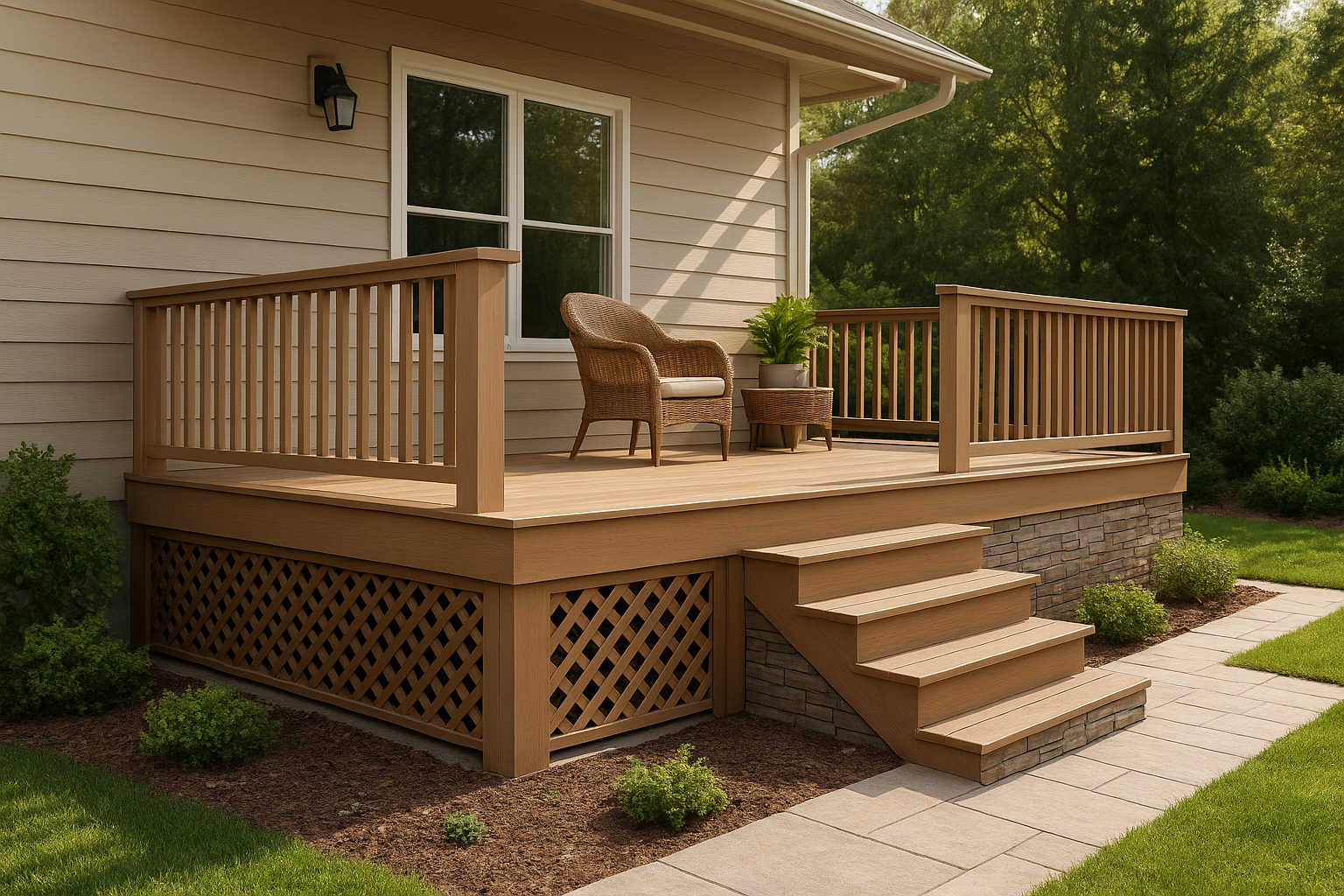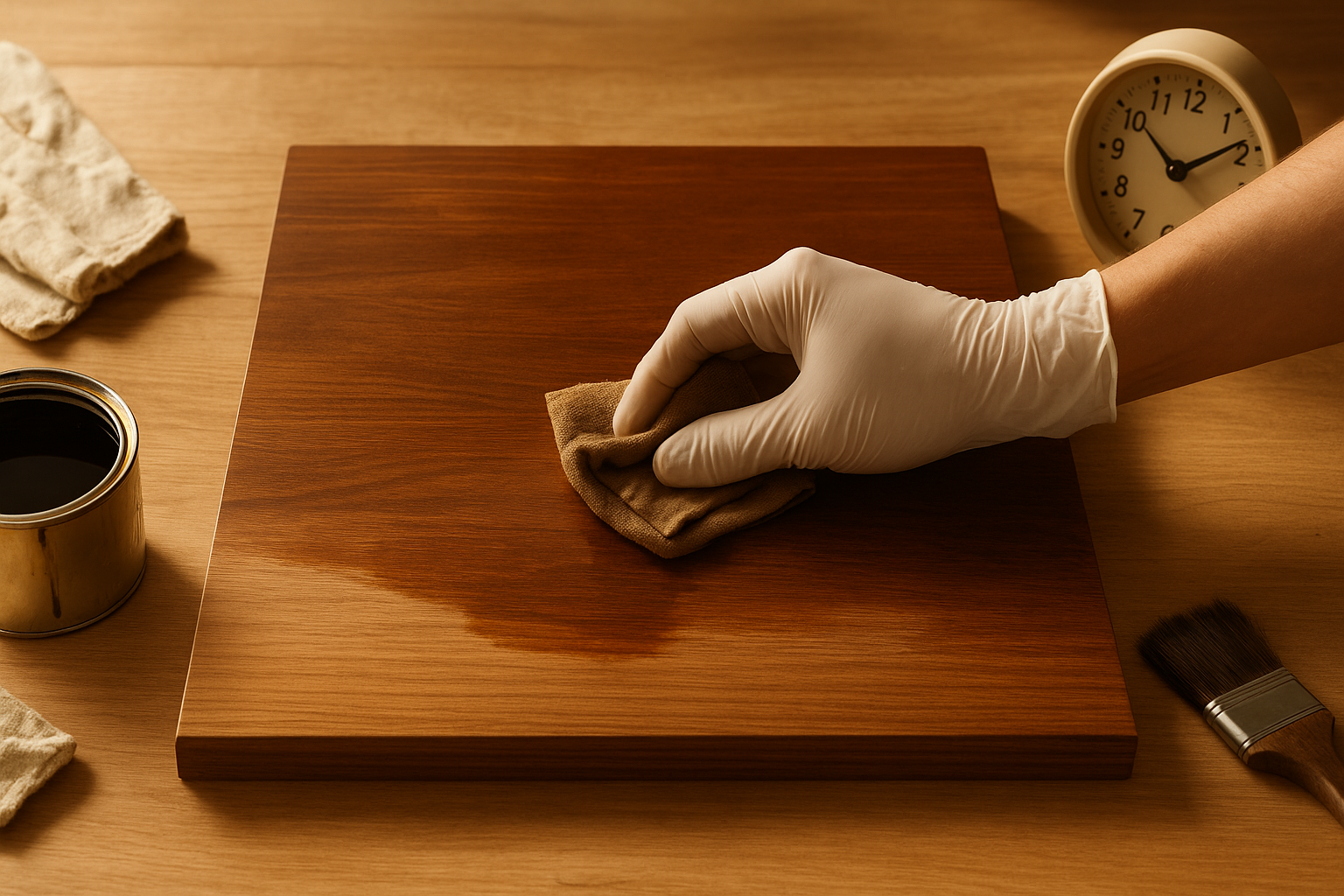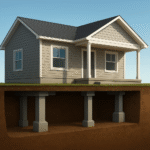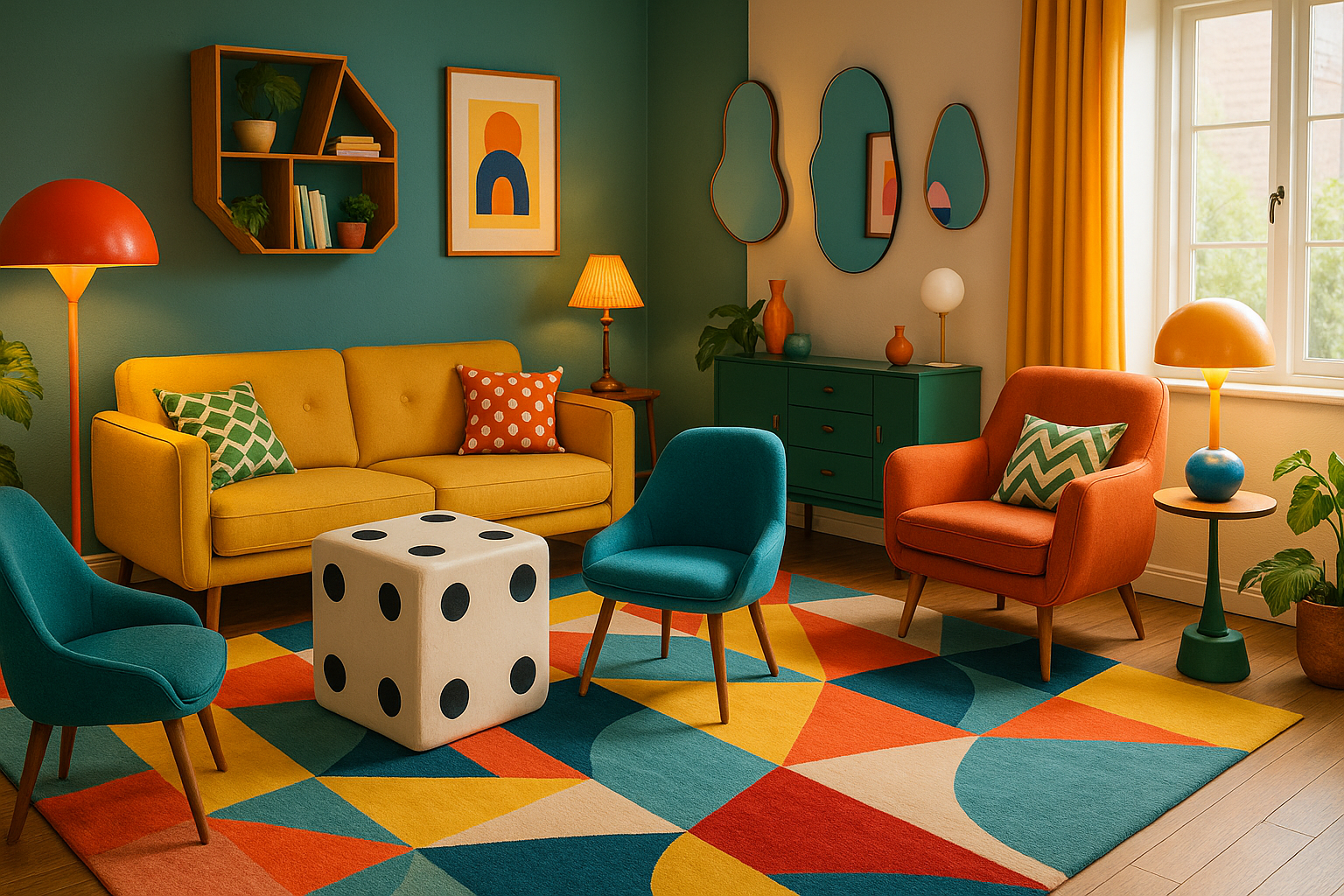Your deck is one of the most relaxing spots at home — a place for morning coffee, weekend BBQs, or sunset lounging. But what about that awkward, empty space beneath it? Leaving the underside exposed can make your deck look unfinished. That’s where deck skirting ideas come in — creative ways to hide the under-deck area while adding charm, protection, and function to your outdoor space.
In this guide, we’ll explore the best deck skirting ideas, alternatives to lattice, materials you can use, and how to cover under your deck in a way that fits your style, budget, and climate.
🪵 What Is Deck Skirting?
Deck skirting is a decorative covering installed around the base of your deck to hide the open area between the deck surface and the ground. It can be made from wood, vinyl, composite, or even metal — giving homeowners countless options to match their home’s exterior style.
But it’s not just about looks. Deck skirting helps:
- Keep out animals and pests.
- Improve air circulation under your deck.
- Provide a neat, finished appearance.
- Create opportunities for under-deck storage.
Whether you’re searching for deck lattice alternatives or modern under deck ideas instead of lattice, the right skirting design can completely transform your outdoor setup.
🧱 Best Materials for Deck Skirting
Choosing the right material depends on your climate, design goals, and maintenance preference. Let’s look at some of the most popular deck skirting materials used by homeowners today:
1. Wood Panels
Timeless and versatile, wood remains one of the most popular options for deck skirting. You can use treated pine, cedar, or redwood to create panels or slats that blend naturally with your deck.
- Pros: Customizable, affordable, and warm aesthetic.
- Cons: Needs staining or sealing to resist rot.
- Pro tip: Opt for horizontal slats for a sleek, modern appeal.
2. Vinyl or PVC Skirting
If you prefer low maintenance, vinyl skirting is an excellent choice. It’s weatherproof, doesn’t warp, and comes in several colors and textures.
- Pros: Easy to clean, pest-resistant, and durable.
- Cons: Can look less natural than wood.
- Best for: Homeowners who want longevity without frequent upkeep.
3. Composite Deck Skirting
Composite materials mimic wood but resist moisture, mold, and fading. They’re often made from recycled plastic and wood fibers, making them eco-friendly.
- Pros: Durable, colorfast, and requires minimal maintenance.
- Cons: Higher upfront cost.
- Ideal use: Modern or minimalist homes.
4. Stone or Brick Veneer
For a luxurious, permanent look, try a stone or brick skirting. It provides insulation and a high-end finish that blends beautifully with patios and outdoor kitchens.
- Pros: Very durable and weather-resistant.
- Cons: Heavier and more expensive to install.
5. Corrugated Metal Panels
For a rustic or industrial design, corrugated metal offers bold contrast against wooden decks. It’s strong, durable, and pairs beautifully with farmhouse-style exteriors.
- Pros: Unique texture, low maintenance.
- Cons: Can heat up under direct sunlight.
💡 10 Creative Deck Skirting Ideas You’ll Love
Ready to cover the space under your deck? Here are some inspiring and practical deck skirting ideas to get you started:
1. Modern Horizontal Wood Slats
A simple yet elegant way to hide the underside of your deck. Stain the wood to match your deck boards or contrast it for a contemporary look.
2. Classic Lattice Panels
A traditional favorite, lattice adds character while still allowing airflow. Choose from wood or vinyl lattice in square or diagonal patterns.
3. Stone or Brick Skirting
Perfect for homes with stone façades, this creates a cohesive, high-end appearance and extra protection against moisture.
4. Under Deck Storage Panels
Transform unused space into storage for garden tools, furniture cushions, or firewood. Add a discreet door or hinged panel for easy access.
5. Vertical Board Skirting
For a more structured appearance, use vertically placed boards. Paint or stain them in bold colors for visual impact.
6. Composite Deck Skirting with Lighting
Install LED strips or small solar lights into your skirting to add ambiance and nighttime visibility.
7. Reclaimed Wood Skirting
Eco-friendly and full of personality, reclaimed wood adds rustic warmth to your deck. Each piece tells a story.
8. Decorative Metal Panels
Laser-cut metal sheets with geometric or floral patterns create a statement look. They’re great deck lattice alternatives for modern homes.
9. Living Plant Wall
Want something green? Use climbing plants or install planters around your deck for a natural, organic feel.
10. Mixed-Material Skirting
Combine wood, stone, and metal for a layered, architectural look. It’s a bold way to stand out and boost curb appeal.
🪚 Deck Lattice Alternatives — Modern Options That Wow
If you’re tired of traditional lattice, here are under deck ideas instead of lattice that offer better durability and design flexibility:
- Slatted wood panels: Sleek and easy to clean.
- Perforated aluminum sheets: Rust-resistant and stylish.
- Composite fencing panels: A sustainable, color-matched solution.
- Gabion walls: Stones encased in wire mesh for an industrial touch.
These ideas for skirting a deck not only hide the underside but also complement your home’s design language.
🧰 DIY Deck Skirting vs Professional Installation
DIY deck skirting is achievable if you’re handy with basic tools. Materials like vinyl panels or horizontal wood slats can be installed with screws and brackets in a weekend.
However, if you’re working with heavy materials like stone or designing built-in storage under your deck, it’s best to hire professionals. They’ll ensure proper ventilation, moisture protection, and structural stability.
💸 How Much Does Deck Skirting Cost?
The cost of deck skirting depends on the material and design complexity.
| Material | Average Cost (Per Linear Foot) | Maintenance Level |
|---|---|---|
| Wood panels | £15–£30 | Medium (requires staining) |
| Vinyl skirting | £25–£40 | Low |
| Composite boards | £35–£60 | Low |
| Stone veneer | £60–£120 | Very low |
| Metal panels | £45–£80 | Low |
DIY projects will cut labor costs significantly, but custom designs or premium materials will push up the total.
🧼 Maintenance Tips for Deck Skirting
- Clean annually using a soft brush and mild detergent.
- Seal wooden skirting every two years to prevent moisture damage.
- Inspect for pests or loose boards each season.
- Trim vegetation to allow airflow and avoid mold buildup.
🌿 Why Deck Skirting Is Worth It
Investing in deck skirting doesn’t just make your outdoor space prettier — it makes it more practical. It hides unsightly gaps, keeps animals away, adds storage potential, and boosts your home’s value.
If you’re looking for ways to express creativity outdoors, pairing your deck skirting with other home details like quirky decor elements or eco-conscious landscaping can tie everything together.
🏡 Final Thoughts
Your deck deserves a finishing touch that’s as stylish as it is functional. Whether you prefer modern metal, natural wood, or deck lattice alternatives, the right deck skirting ideas can transform your outdoor living area from plain to polished.
By choosing materials wisely and maintaining them well, you’ll enjoy a space that looks great year-round — and adds lasting value to your home.











